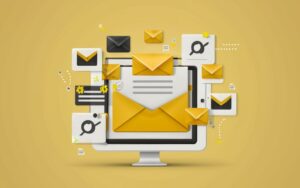Are you ready to dive into the world of email marketing but unsure where to start? Which of the following will you need to start an email marketing programme? Let’s unravel the essentials to kickstart your journey.
What is an Email Marketing Programme?
An email marketing programme is a strategic initiative designed to send targeted emails to a specific audience to achieve marketing goals.
Benefits of an Email Marketing Programme
So, Which of the following will you need to start an email marketing programme?
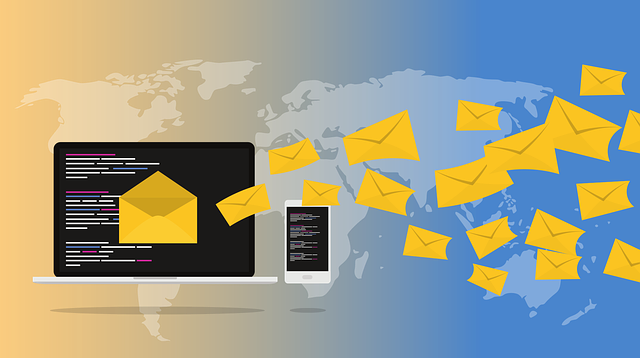
Enhanced Customer Relationships Through Consistent Communication
Maintaining regular contact with your customers via email marketing campaigns strengthens your relationship with them. By consistently delivering valuable information, such as special offers, updates, and personalized content, you build trust and loyalty.
For instance, a SaaS company can send a welcome email to new subscribers, helping them get started with the product and feel valued right from the start.
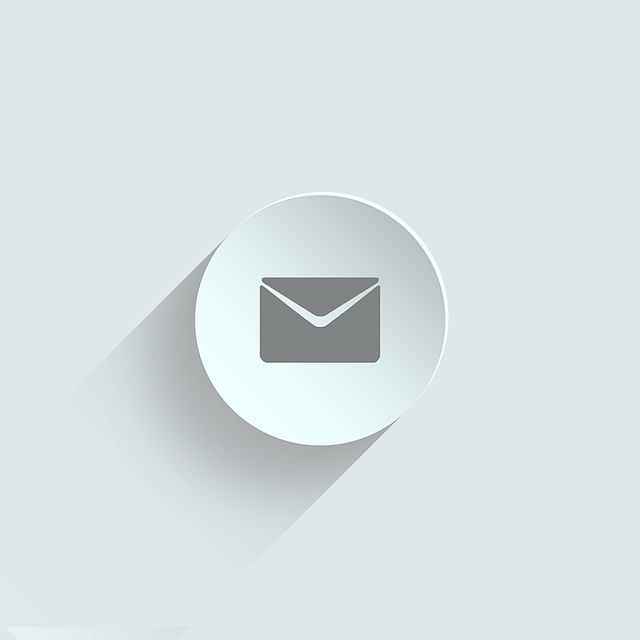
Increased Sales Through Targeted Campaigns
Email marketing allows you to segment your audience based on various factors such as demographics, purchase history, and engagement levels. This segmentation enables you to create highly targeted email marketing campaigns that resonate with each group.
For example, an e-commerce business can send tailored product recommendations to customers based on their previous purchases, driving higher conversion rates and increasing sales.
Cost-Effective Marketing Solution
Compared to traditional marketing methods, email marketing is a cost-effective way to reach a large audience. With minimal investment, businesses can create and distribute marketing emails that yield significant returns.
Automated emails, such as confirmation emails and follow-ups, can save time and resources while maintaining constant contact with your audience. This efficiency makes email marketing a powerful tool for businesses of all sizes.
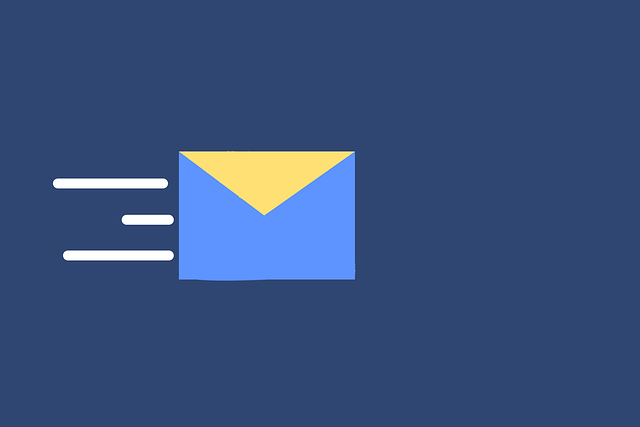
Data-Driven Decisions for Improved Performance
Email marketing provides valuable data that helps you make informed decisions about your marketing strategy. By analyzing metrics like open rates, click-through rates, and unsubscribe rates, you can determine what works and what doesn’t.
For instance, experimenting with different email subject lines can help you understand which ones result in higher open rates. These insights enable you to optimize your email marketing efforts for better engagement and conversion rates, click through rate, open rate, and more.
Building a Stronger Customer Base
Collecting email addresses through opt-in forms, lead magnets, and sign-ups allows you to grow a robust email list. This list is a vital asset for your business, enabling you to reach potential customers directly.
Regular email communications keep your audience engaged and informed about your latest offerings, driving more visitors to your website and ultimately expanding your customer base. For example, a monthly newsletter can keep your brand top-of-mind and encourage repeat business.
Which of the Following Will You Need to Start an Email Marketing Programme?
So, Which of the following will you need to start an email marketing programme?
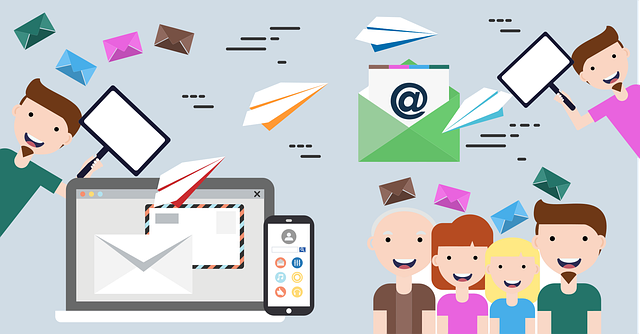
1. A Clear Email Marketing Strategy
To start an email marketing programme, a well-defined strategy is crucial. This strategy should outline your goals, target audience, and the types of emails you plan to send.
For example, if your goal is to increase sales, your strategy might include sending promotional emails with special offers and discounts. Additionally, understanding your audience demographics will help tailor your content to meet their needs and preferences, ensuring your emails are relevant and engaging.
2. A Reliable Email Marketing Platform
Choosing the right email marketing platform is essential for managing your campaigns effectively. Platforms like Constant Contact, Mailchimp, or HubSpot offer tools to create, send, and analyze emails.
These platforms provide templates, automation features, and analytics to help you optimize your email marketing efforts. For instance, you can set up automated welcome emails to greet new subscribers, saving time and ensuring consistent communication.
3. Compelling Email Content and Design
Creating engaging email content and design is key to capturing your audience’s attention. This includes writing compelling subject lines, using eye-catching visuals, and crafting persuasive calls to action.
For example, a subject line like “Unlock Exclusive Deals Today!” can entice recipients to open your email. Additionally, using a cohesive color scheme and clear layout ensures your emails are visually appealing and easy to read on both desktop and mobile devices.
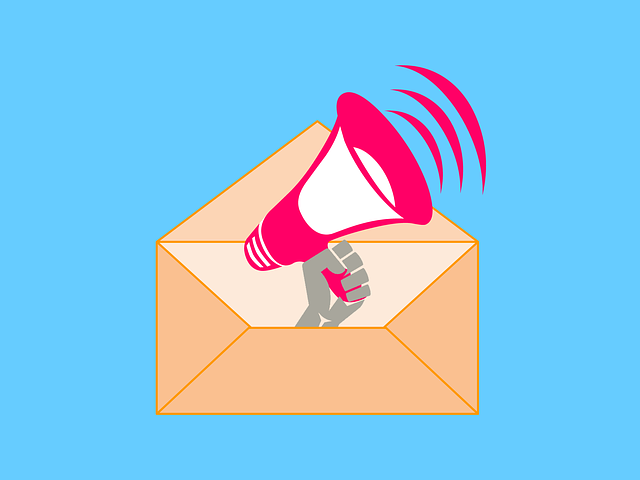
4. Effective Lead Magnets to Collect People’s Email Addresses
To build a robust email list, you need enticing lead magnets that encourage potential subscribers to share their email addresses. These can include free e-books, exclusive discounts, or access to premium content.
For instance, a SaaS company might offer a free trial in exchange for an email address. Ensuring that these lead magnets are valuable and relevant to your target audience will significantly increase your sign-ups and grow your subscriber base.
5. Optimized Landing Pages for Conversions
Your landing page is crucial in converting visitors into email subscribers. It should be designed with clear, compelling calls to action (CTAs) and minimal distractions. Include arrows pointing to your sign-up form and ensure the page loads quickly on all devices.
An optimized landing page, combined with a compelling offer, will enhance your email campaigns’ effectiveness and improve your overall conversion rates.
For example, a well-designed landing page for a webinar can significantly boost sign-ups. You can create one easily by using a free AI website builder.
6. Engaging and Relevant Email Content
Crafting content that resonates with your audience is vital for successful email marketing.
This includes writing compelling subject lines that grab attention and creating relevant emails that provide value to your readers.
Use email templates to maintain consistency and streamline the creation process.
For example, regular newsletters filled with actionable tips, industry insights, and company updates can keep your subscribers engaged and informed, leading to higher open rates and click-through rates.

7. A Clear Call to Action in Every Email
Each email should have a clear and compelling call to action (CTA) that guides your readers towards the desired action, whether it’s visiting your website, making a purchase, or downloading a resource.
A strong CTA improves your email campaign’s effectiveness by increasing engagement and driving conversions.
For instance, an email promoting a new product can include a CTA like “Shop Now” to encourage immediate action from your subscribers.
8. Analyzing Audience Behaviors and Feedback
Understanding how your audience interacts with your emails is crucial for optimizing your email marketing strategy.
Analyze metrics such as open rates, click-through rates, and conversion rates to gauge your campaigns’ success.
Additionally, establish a feedback loop by encouraging customers to share their thoughts and preferences. This feedback can provide valuable insights into audience behaviors and help you tailor future emails to better meet their needs.
9. Personalizing Emails to Increase Engagement
Personalization is a powerful tool in email marketing. Use your subscribers’ data, such as their names, purchase history, and preferences, to create personalized emails that resonate with them.
For example, address your readers by their first name in the email signature or tailor product recommendations based on their previous purchases.
Personalization can significantly increase engagement, making your emails more relevant and improving overall campaign performance.
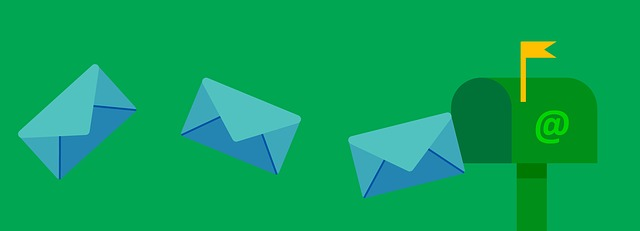
10. Segmentation of Your Email List
Segmentation allows you to divide your email subscribers into specific groups based on various criteria such as demographics, purchase history, or engagement levels.
This enables you to send more targeted and relevant information to each group. For instance, you can create different email campaigns for new subscribers versus loyal customers, ensuring that each segment receives messages that are most relevant to them.
This approach can lead to higher open rates and click-through rates, as the content is tailored to the specific needs and interests of each segment.
11. A/B Testing for Continuous Improvement
A/B testing, or split testing, involves sending two variations of an email to small segments of your audience to determine which performs better.
You can test one variable at a time, such as the subject line, call to action, or email design. By analyzing the results, you can identify what resonates best with your audience and apply these insights to future email campaigns.
For example, you might find that emails with a specific subject line structure lead to higher open rates, which can inform your strategy moving forward.
12. Integration with Other Digital Marketing Channels
Integrating your email marketing efforts with other digital marketing channels, such as social media and your website, can amplify your reach and effectiveness.
For instance, you can promote your email newsletters on social media platforms to attract more subscribers. Additionally, embedding social sharing buttons in your emails encourages readers to share your content, expanding its reach.
This holistic approach ensures that your marketing messages are consistent and reinforces your brand across multiple touchpoints.
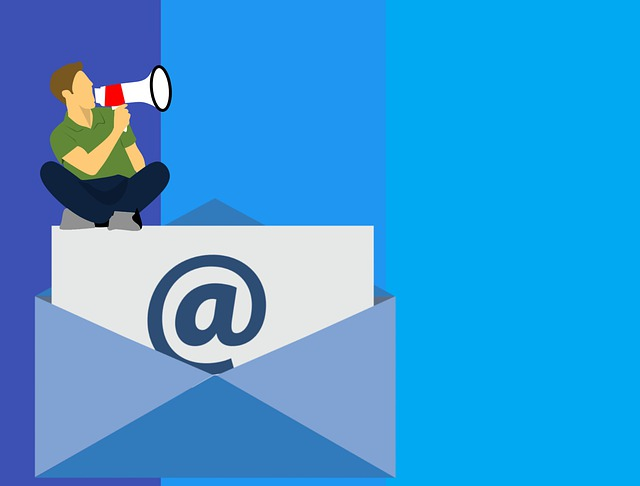
13. Mobile-Friendly Email Design
With a significant number of users accessing emails on mobile devices, it’s crucial to design your emails to be mobile-friendly.
This includes using responsive email templates, optimizing images, and ensuring that your call to action buttons are easily clickable. A mobile-friendly design enhances the user experience, leading to higher engagement and click-through rates.
For example, a streamlined layout with concise content is more likely to be read and acted upon when viewed on a smartphone.
14. Automation for Efficiency
Automation tools can streamline your email marketing efforts by sending emails based on specific triggers or schedules. For example, you can set up automated welcome emails for new subscribers, or drip campaigns that nurture leads through the sales funnel.
Automation ensures that your audience receives timely and relevant emails without the need for manual intervention, saving you time and ensuring consistent communication.
This approach helps maintain engagement and moves potential customers through the sales funnel more efficiently.
15. Compliance with Email Marketing Regulations
So, Which of the following will you need to start an email marketing programme? It’s essential to comply with email marketing regulations, such as the CAN-SPAM Act in the United States or GDPR in Europe, to avoid legal issues and maintain trust with your audience.
This includes obtaining explicit consent from subscribers before sending emails, providing a clear option to unsubscribe, and including your business address in all communications.
Ensuring compliance not only protects your business legally but also demonstrates respect for your subscribers’ privacy and preferences.
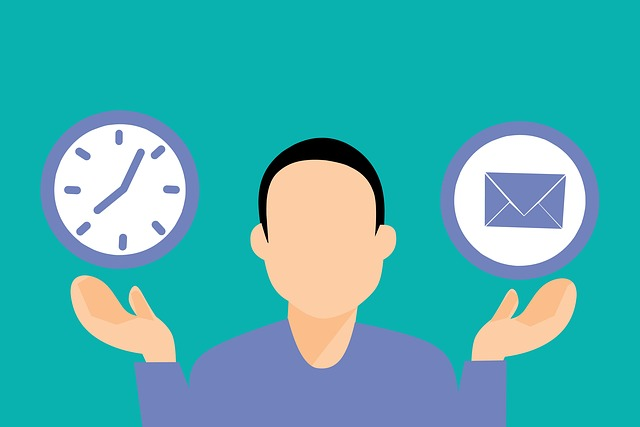
16. Regular Monitoring and Reporting
Regularly monitoring and reporting on your email campaign performance is critical for ongoing success. Use analytics tools to track key metrics such as open rates, click-through rates, conversion rates, and unsubscribe rates.
By reviewing these metrics on a regular basis, you can identify trends, measure the effectiveness of your strategies, and make data-driven decisions to improve your campaigns. For example, if you notice a decline in open rates, you might need to revisit your subject lines or the timing of your emails.
17. Crafting Compelling Subject Lines
A compelling subject line is crucial for capturing your audience’s attention and encouraging them to open your emails. It should be concise, intriguing, and relevant to the content of the email.
For example, a subject line like “Unlock Your Exclusive Discount Today!” can entice recipients to open the email. Testing different subject lines through A/B testing can help you determine which ones yield the highest open rates. Remember, the subject line is the first impression your email makes, so make it count.
18. Clear and Concise Email Content
Ensuring your emails are clear and concise is essential for maintaining your audience’s interest. Aim for a short min read, providing relevant information in a straightforward manner.
Break up the text with headers, bullet points, and images to make the content easily digestible. For instance, a promotional email should quickly highlight the offer and include a clear call to action. This approach respects your subscribers’ time and increases the likelihood that they will read and act on your message.
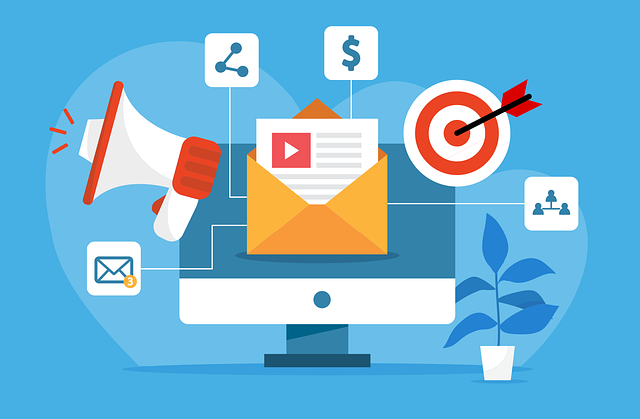
19. High-Quality Lead Magnets
Offering high-quality lead magnets is an effective way to attract and retain newsletter subscribers. These can include valuable resources like e-books, whitepapers, or exclusive access to webinars.
The key is to ensure that the lead magnet is relevant and provides substantial value to your audience. For example, a detailed industry report can entice professionals to subscribe to your newsletter.
A well-crafted lead magnet not only increases your email list but also sets the stage for ongoing engagement.
20. Optimizing Click Through Rates
Optimizing your click through rates involves making your emails engaging and actionable. This includes using visually appealing designs, clear calls to action, and relevant content that encourages recipients to click through to your website or landing page.
For example, a promotional email might feature a bold “Shop Now” button that stands out. Monitoring and analyzing click through rates can help you refine your strategies to better meet your audience’s preferences and improve overall campaign performance.
21. Personalized Email Messages
Personalizing your email messages can significantly improve engagement and open rates.
Use data such as the recipient’s name, past purchases, or browsing behavior to tailor your emails. For instance, addressing the recipient by name in the greeting and recommending products based on their purchase history can make the email feel more relevant and personalized.
Personalization shows your customers that you understand their needs and preferences, fostering a stronger connection and encouraging them to interact with your emails when customers receive them.
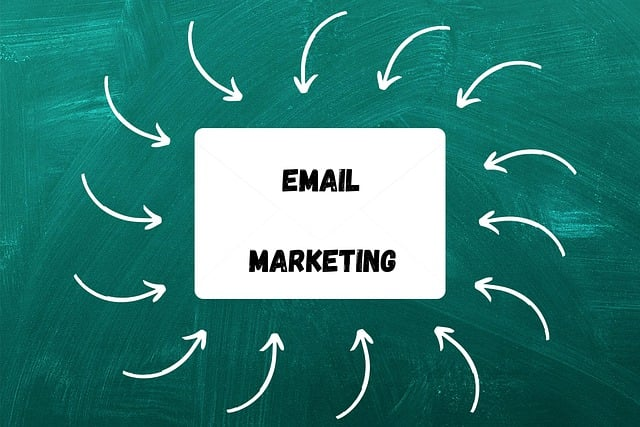
22. Consistent Schedule for Sending Emails
Establishing a consistent schedule for sending emails helps maintain regular communication with your subscribers. Whether it’s a weekly newsletter or monthly updates, consistency builds trust and keeps your audience engaged.
For example, sending a weekly roundup of industry news and actionable tips can position your brand as a valuable resource. Be mindful of the frequency to avoid overwhelming your subscribers, as too many emails can lead to higher unsubscribe rates.
Find a balance that keeps your audience looking forward to your emails instead of looking for you in Google.
23. Creating Visually Appealing Email Templates
Using visually appealing email templates is essential for making your emails look professional and engaging. Email templates should be designed to match your brand’s color scheme and style, ensuring consistency across all communications.
They should also be responsive, adapting to different screen sizes on mobile and desktop devices. For example, an e-commerce company can use a template that highlights featured products with high-quality images and clear calls to action.
Well-designed templates can enhance the overall user experience and increase the likelihood that customers receive and engage with your emails.
24. Implementing a Robust Analytics System
A robust analytics system is crucial for measuring the effectiveness of your email campaigns.
This includes tracking metrics such as open rates, click through rates, conversion rates, and bounce rates. Analyzing this data helps you understand what works and what doesn’t, allowing you to make data-driven decisions.
For instance, if you notice a low open rate, you might need to improve your subject lines. Regularly reviewing your analytics ensures that your email marketing strategy is continually optimized for better performance.
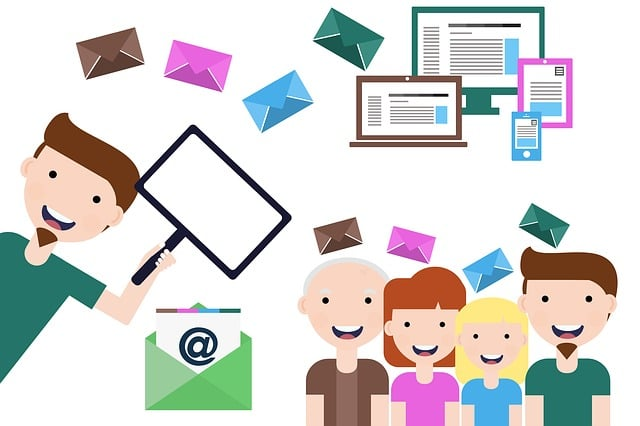
25. Encouraging Newsletter Subscribers to Engage
Engaging your newsletter subscribers is key to maintaining a healthy email list. Encourage interaction by including questions, surveys, or feedback forms in your emails.
For example, after sending a new product announcement, ask your subscribers for their opinions or experiences with the product. This not only provides you with valuable insights but also makes your subscribers feel valued and heard.
Creating opportunities for engagement can lead to higher retention rates and a more active subscriber base.
26. Setting Up a Welcome Email Series
So, Which of the following will you need to start an email marketing programme? A welcome email series is a great way to onboard new subscribers and introduce them to your brand. This series can include several automated emails sent over a few days or weeks, providing new subscribers with relevant information about your products or services.
For instance, the first email can be a warm welcome message, the second can highlight popular products, and the third can offer a special discount.
A well-crafted welcome series sets the tone for your future communications and helps build a strong relationship with your subscribers from the start.
27. Maintaining a Clean and Updated Email List
Maintaining a clean and updated email list is essential for ensuring your emails reach the right audience. Regularly remove inactive subscribers and update email addresses that bounce.
This practice helps improve your deliverability rates and ensures that your marketing efforts are directed toward engaged and interested recipients.
For example, periodically sending re-engagement emails to inactive subscribers can help you determine whether to keep or remove them from your list.
A clean email list leads to more accurate metrics and better overall performance of your email campaigns
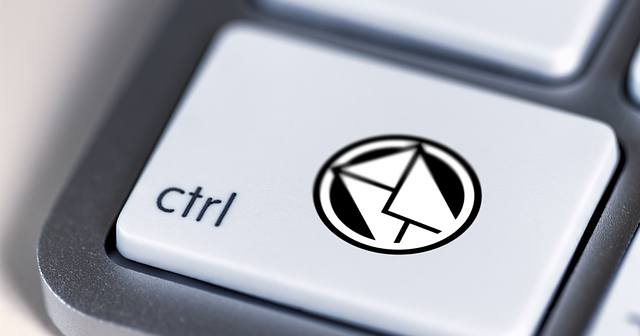
28. Developing Strong Call to Actions (CTAs)
Creating strong and clear call to actions (CTAs) in your emails is crucial for guiding your subscribers toward taking the desired actions. CTAs should be prominently placed and written in a way that compels readers to click.
For example, using action-oriented phrases like “Get Your Free Trial,” “Download Now,” or “Shop the Sale” can significantly increase click through rates. Additionally, using contrasting colors for your CTA buttons can make them stand out more effectively. A well-crafted CTA can transform your emails from mere informational messages into powerful tools for driving conversions and sales.
29. Testing for Email Deliverability
Ensuring that your emails actually reach your subscribers’ inboxes is a fundamental aspect of email marketing.
This involves testing for email deliverability to avoid your emails being marked as spam. Use tools and practices to check your sender reputation, authenticate your emails with SPF, DKIM, and DMARC, and regularly monitor bounce rates.
For instance, an email marked as spam or ending up in the “Promotions” tab can significantly reduce its effectiveness. By maintaining good email deliverability, you ensure that your carefully crafted messages are seen by your intended audience.
30. Utilizing Behavioral Targeting
Behavioral targeting allows you to send highly personalized and relevant emails based on your subscribers’ actions and behaviors. This can include browsing history, past purchases, and interaction with previous emails.
So, Which of the following will you need to start an email marketing programme? For example, if a subscriber frequently visits a specific product page but hasn’t made a purchase, you can send them a targeted email with a special offer on that product. By leveraging behavioral data, you can create more relevant and timely email campaigns that resonate with your audience, increasing engagement and conversion rates.
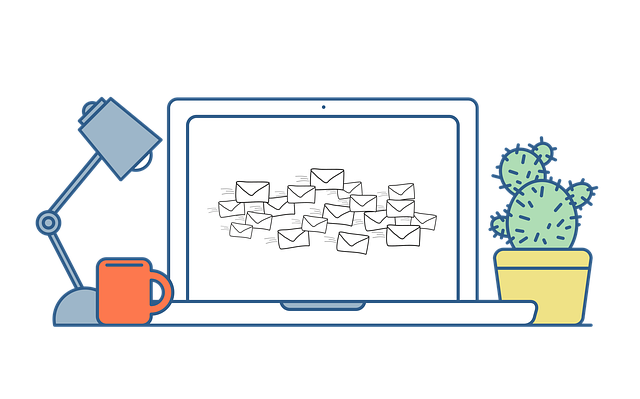
31. Implementing GDPR Compliance Practices
Adhering to GDPR (General Data Protection Regulation) compliance practices is not only a legal requirement but also a best practice for building trust with your subscribers.
This includes obtaining explicit consent from subscribers before adding them to your email list, providing easy opt-out options, and ensuring that personal data is stored securely.
For instance, using double opt-in methods can confirm that subscribers genuinely want to receive your emails. Ensuring GDPR compliance helps protect your business from legal issues and demonstrates a commitment to respecting your customers’ privacy and data security.
Conclusion
So, Which of the following will you need to start an email marketing programme? Incorporating these additional elements into your email marketing programme will further enhance your ability to create successful and impactful email campaigns. By focusing on visually appealing email templates, robust analytics, engagement strategies, welcome email series, and maintaining a clean email list, you’ll be well on your way to achieving your email marketing goals.



